Chang'e-4
The Chang'E-4 is the first mission of soft landing on the far-side of Moon. The specific scientific objectives of Chang'E-4 are: moon-based low-frequency radio astronomical observations on the lunar far side; subsurface structures investigation along the cruise route on the lunar far side; and morphology and mineral composition of the lunar far side. The Chang'E-4 consists of a communication relay satellite (also known as Queqiao), a lander, and a rover (also known as Yutu 2). On 21 May 2018, the relay satellite be launched and enter the Halo orbit around the Earth-Moon L2 point. On 3 January 2019 at 02:26 UTC, Chang'E 4 successfully landed at the position of 177.5991 ° E, 45.4446 °S within crater Von Kármán, being the first ever soft-landing and in-situ exploration on the lunar far side for humanity under the communication support of Queqiao.
The scientific payloads for achieving these objectives are partially inherited from the precedent Chang'E 3 mission, and in part supplied by international partners in Sweden, Germany, and the Netherlands. Specifically, the lander is equipped with a terrain camera (TCAM), a landing camera (LCAM), a low-frequency radio spectrometer (LFRS), and a lunar lander neutrons and dosimetry (LND); the rover is equipped with a panoramic camera (PCAM), a lunar penetrating radar (LPR), a visible and near-infrared imaging spectrometer (VNIS), and an advanced small analyzer for neutrals (ASAN); the communication relay satellite is equipped with a Netherlands-China low-frequency explorer (NCLE). Full details are given as followed.
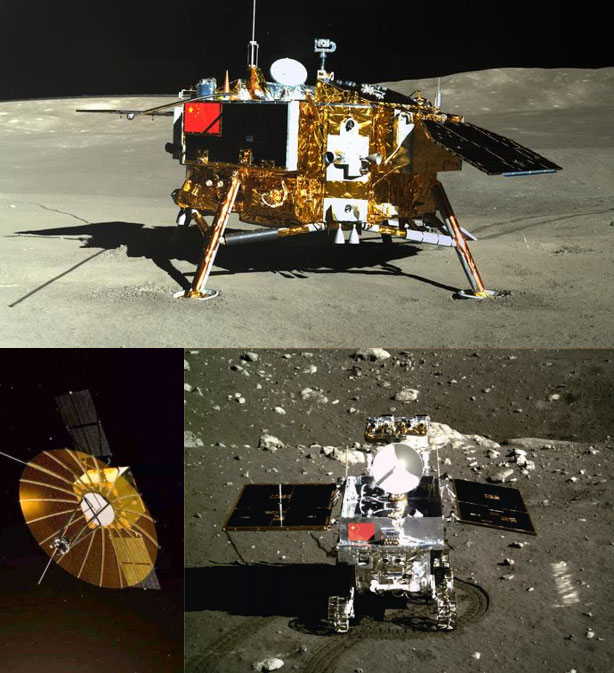
LFRS
| The LFRS is a newly developed scientific payload for Chang'E-4. It is designed to receive three mutually perpendicular components of the electromagnetic wave signal within the frequency range of 0.1-40 MHz using its three antennas. |
LND
| The LND, collaborated with the University of Kiel, Germany, is designed to measure the comprehensive particle radiation dose and LET spectrum, and the fast neutron energy spectrum and thermal neutron flux on the lunar surface, for the purpose of accurately evaluating the radiation hazard, and providing support for the safety guarantee of future human moon landing activities. |
TCAM
| The TCAM, mounted on the lander's bracket, is inherited from Chang'E 3 mission. It is designed to obtain panoramic images of 360 ° around the landing area by continuously adjusting the azimuth and elevation angles in a static imaging mode. |
LCAM
| The LCAM, installed at the bottom of the lander, is inherited from Chang'E 3 mission. It is designed to obtain the lunar surface images of the landing area at a height of 2 km to 4 m during the lander's descending phase. |
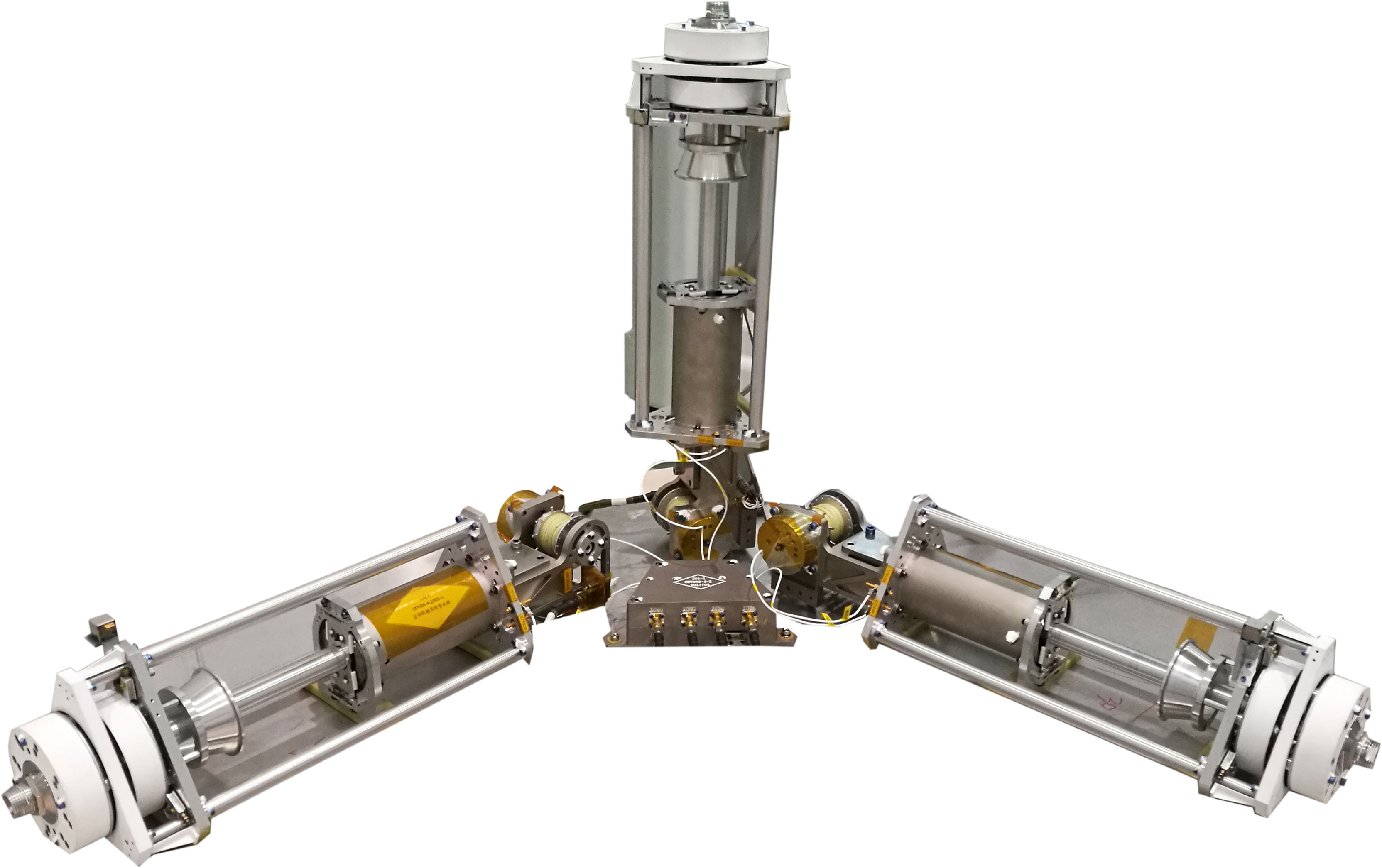
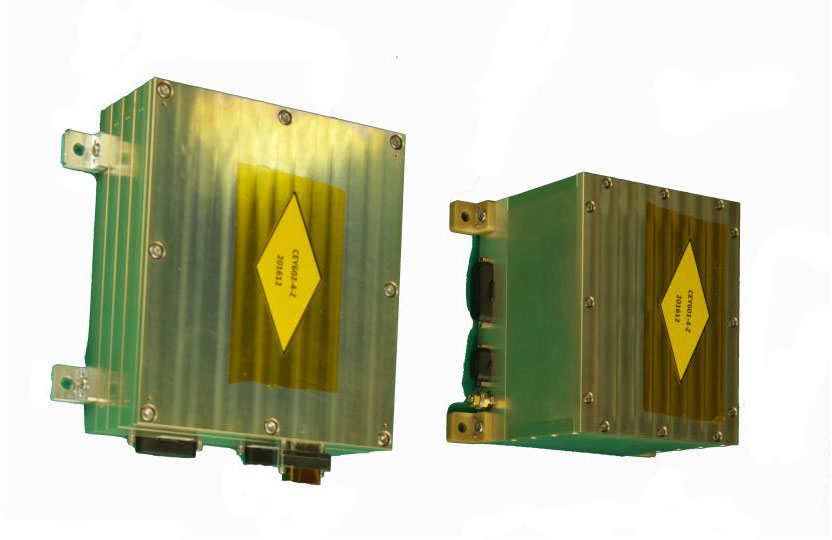
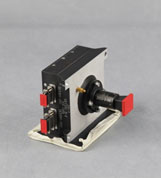

PCAM
| The PCAM is inherited from Chang'E 3 mission. The two panoramic cameras installed on the rover’s mast is designed to obtain stereo images of surrounding area along the cruise route for three-dimensional images of the landing and roving areas. |
LPR
| The LPR is inherited from Chang'E 3 mission. It is designed to carry out analysis and research on the thickness of the lunar regolith and the subsurface structure of the lunar crust along the cruise route. Its first channel antenna, working within the frequency range of 40 ~ 80 MHz, can explorer the subsurface structure of the lunar crust below 100 meters with a thickness resolution of meter level; The second channel antenna, working within the frequency range of 250-750 MHz, can explorer lunar regolith structure below 30 m with a thickness resolution of less than 30 cm. |
VNIS
| The VNIS is inherited from Chang'E 3 mission. It is designed to investigate the material composition of targets of interest along the cruise route in visible and near infrared wavelengths (450-950 nm) and short-wave infrared wavelengths (900-2400 nm). |
ASAN
| The ASAN, collaborated with the Swedish Institute of Space Physics, is designed to measures energetic neutral atoms that are emitted from the lunar surface due to precipitating solar wind in an energy range of 0.01-10 keV along cruise route. This is also the first neutral atom detection carried on the moon's surface. |
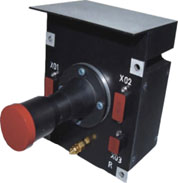
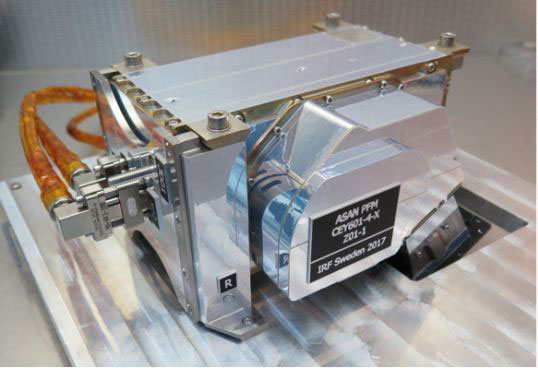
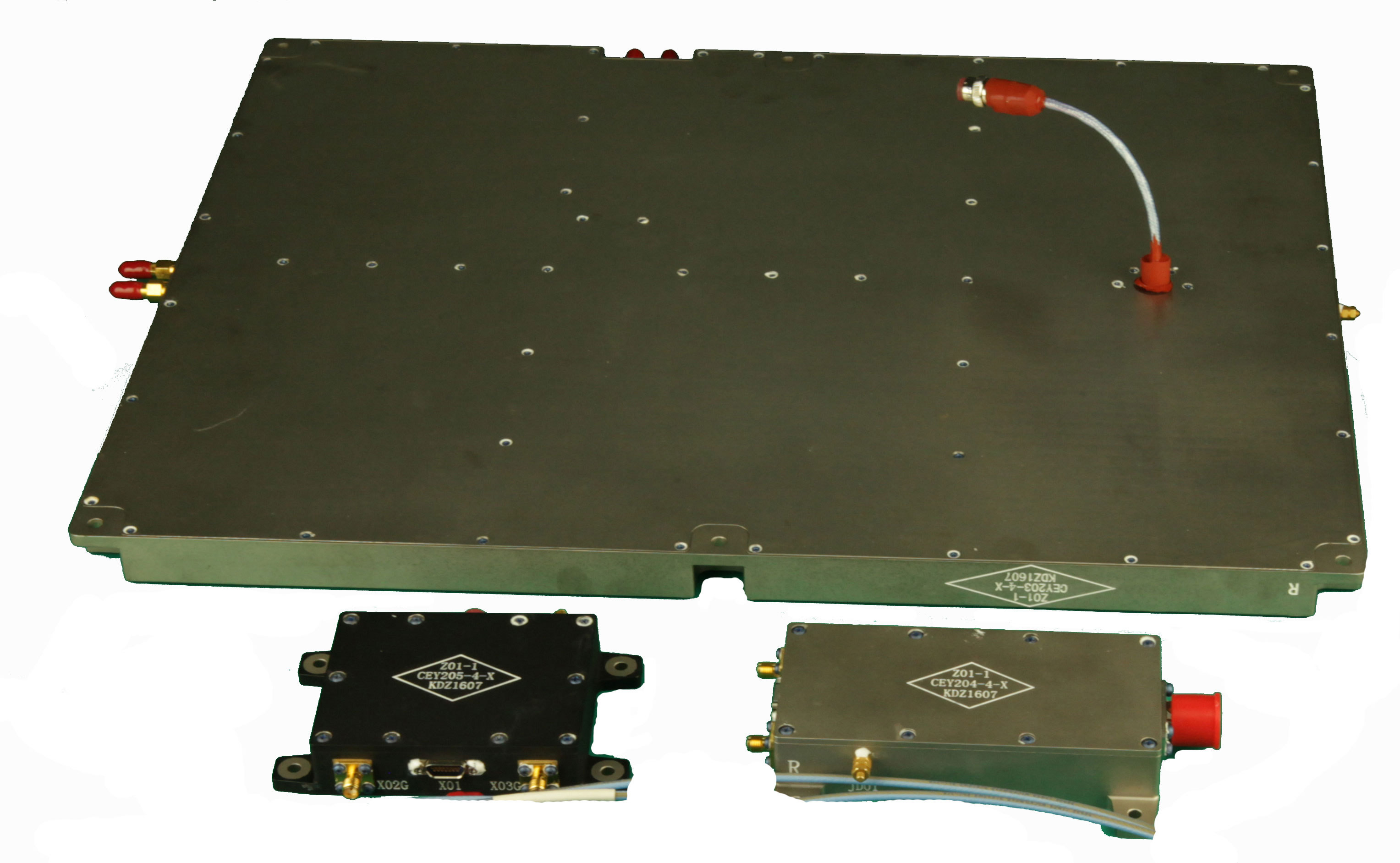

NCLE
| The NCLE, collaborated with the Radboud University, Netherlands, is designed to perform low-frequency radio experiment in the unexplored radio regime of 80 kilohertz to 80 megahertz in a Halo orbit around the Earth-Moon L2 point for astrophysical studies. The NCLE on the relay satellite and the LFS on the lander will work in synergy performing low-frequency (0.1 MHz–80 MHz) radio astronomical observation. |

Data Introduction:
https://vsso.nssdc.ac.cn/nssdc_en/html/vssolist.html?searchKeywords=Chang%27E-4
Data Access: